The limitations in Venner’s thought once established, it becomes possible to set forth in parallel an apology for his philosophical contribution. Venner’s active participation in an organized and at times armed resistance to the pernicious agenda of the liberal-totalitarian regime constitutes no small part of his achievement. Most of Traditionalism is and has been intellectual. Even where Traditionalism’s intellect is active and aggressive it never exactly puts its life on the line. Venner put his life on the line (he could have been executed), something to be respected, and a model that some committed people might one day, and in the not-too-distant future, find themselves called on to imitate. This is especially the case in Europe, where liberalism has long since reached its nakedly totalitarian phase and is allying itself with Islam. In this way the figure among the Twentieth Century’s first-generation Traditionalists whom Venner most closely resembles is Julius Evola. Venner’s masterpiece, the Histoire, is a contemporary counterpart of Evola’s earlier Revolt against the Modern World (1969). Venner’s Shock resembles Evola’s Path of Cinnabar (1963) in that, like The Path, it is a late-in-life autobiographical summing-up and commentary on the author’s previous work. Venner directs some criticism at Evola, whom he lumps together with René Guénon. “The anti-materialism of this school is stimulating,” he writes in the Histoire; but because anti-materialism alone is “incapable of going beyond an often legitimate critique [to] propose an alternative way of life,” as he adds, it tends to retreat into “eschatological waiting for catastrophe.”1 Unlike Guénon and Evola, Venner believed in no singular primordial tradition, but in plural traditions linked to particular peoples.

Julius Evola (b. 1898 d. 1974)
Venner established himself early and impressively as an historian and essayist, founding and editing journals, and producing books prolifically. Among his early book publications, one finds the title Baltikum: dans le Reich de la défaite, le combat des corps-francs, 1918-1923 (1974), a study of the largely German independent armies that fought in Estonia, Latvia, and Lithuania after the Allied victory in 1918 to prevent the Red Army from re-annexing those newly proclaimed sovereignties to Russia, now the USSR. The topic would have exerted its attraction on Venner because of his experience as a member of a later corps-franc, the outlawed OAS. Venner grasps that among the innumerable catastrophes of the First World War, and certainly not the least among them, was the German defeat. That defeat opened up an abyss of disorder that the forces of revolution, not least the USSR, immediately exploited both in the former Reich and in adjacent territories. Allied vengefulness exacerbated the problem. Venner represents the corps-francs as arising spontaneously in an attempt to preserve order against the tide of chaos. That the corps-francs themselves degenerated into chaos makes of them a tragic indicator of the times. In a follow-up, Histoire d’un fascisme allemand: les corps-francs du Baltikum et la révolution (1996), Venner traced the political consequences of the Baltic debacle. Venner also devoted a book-length study to the Civil War in Russia, Les Blancs et les Rouges: histoire de la guerre civile russe, 1917-1921 (1997), and another, Gettysburg (1994), to that decisive battle of the American Civil War.
Unsurprisingly, considering Venner’s military experience, weaponry fascinated him. Many of Venner’s books – a large percentage of them, in fact – are dedicated to arms: To muskets antique and modern, pistols antique and modern, the Mauser nine-millimeter pistol, which receives a whole book, and cutting blades and stabling blades. Like José Ortega and Siegfried Sassoon, Venner wrote about hunting, of which sport he was an aficionado. Insofar as the name Venner means anything in the Anglophone world, however, that meaning is related to his analysis of the liberal-totalitarian regime and his articulation of a counter-modern identitarian tradition able to be embraced by all of the European peoples including those in the Slavic East. The major locus of these two discursive activities is the Histoire. In The Shock, which Venner wrote at the request of Arktos Press to introduce himself to English-speaking audiences, he describes the Histoire as “a book about history and tradition” provoked by its author’s sense of “the degradation and blame imposed on Europe in the second half of the twentieth century.”2 Venner wishes to be as clear as possible concerning what he means by that term tradition which people tend to associate with a superseded and irretrievable past. On the contrary, “it is not the past, [but rather] it is that which does not pass away.”3 Tradition “comes to us from that which is most distant, but always present,” forming an “interior compass, the benchmark of all the norms that suit us and that have survived all that has tried to change us.”4

René Guénon (b. 1886 d. 1951)
Venner admits to LeComte in The Shock that his pushing-back of the lower limit of the European cultural tradition is a gesture of deliberate audacity, but he makes a case for that audacity. In the Histoire itself he writes how, “For Europeans, as for other peoples, the authentic tradition can be none other than their own”; and he makes the important gesture, crucial to the argumentative structure of the book, of opposing Tradition to nihilism: “It is [tradition] that opposes nihilism by a return to the specific sources of the ancestral soul (âme ancestrale).”5 Moreover, “The contrary of the tradition is not modernity, a confused and limited concept, but nihilism.”6 Modernity can make itself compatible with tradition, but nothing is compatible with nihilism, which is both thoughtless, its endless torrent of polysyllables notwithstanding, and voracious. Tradition regards the human being as trifunctional: It places the functions in a hierarchy, with reason, in communion with the divine, at the top; courage in the middle, and the pair, desire and appetite, at the bottom. Like the divinity with which it communes, reason brings the lower functions into proper order by injunction. Nihilism is the triumph of desire and appetite over the injunctions of reason and courage. This triumph did not happen in a day. In an early chapter of the Histoire, Venner claims to detect the first stirrings of revolt in the Summa of Thomas Aquinas, which, in his view, framed as dogma the subordination of reason to unthinking faith. Venner characteristically prefers Pagan over Christian philosophy.
Venner finds a later stage of the nihilistic revolt in the philosophical method of René Descartes. Whereas, on the one hand, for Aquinas “reason [had] associated itself with faith so as to clarify rectitude,” as Venner writes; for Descartes, on the other hand, the only purpose of reason was “to satisfy itself,” as in the declaration, “je pense, donc je suis.”7 The human person becomes a hermetic subject, regarding itself in a gesture of hubris as “central to the universe.”8 Egocentric desire, subordinating reason, now seeks to satisfy itself through pure calculation; its main task is to manipulate a radically de-divinized external world that it sees only as a magazine of resources according to a selfish will. In Venner’s history of nihilism, Thomas Hobbes represents yet another stage of degeneration. According to Venner’s reading, nature horrified Hobbes, for whom, rather than an external model of order as it had been for the Pagans, it was a reprehensible chaos requiring suppression. Venner again sees Adam Smith and Karl Marx as alike starting from the Cartesian standpoint of an imperious, but vitally evacuated, ego. He points out that both men aimed at arrangements which were supposed to satisfy appetite optimally if not maximally, with reason demoted to a means. Whether for Smith or Marx, in Venner’s reading, man is an insipid homo oeconomicus. That the brutal Marxist variety of communism failed spectacularly consoles Venner not at all because, as he sees things, the globalizing of American-style consumer-society amounts to a type of “market communism,” no less inhuman in its consequences than Leninism-Stalinism.

Aldous Huxley (b. 1894 d. 1963)
It is an achievement to describe something meticulously and accurately. Venner himself admires meticulous and accurate description. He cites from the dystopian tradition in Twentieth Century literature, especially from Aldous Huxley’s Brave New World, but also from underappreciated writer-thinkers like Flora Montcorbier, from whom he borrows the phrase “market communism.” Venner’s description of the cultural nullity, the malicious jejuneness, and the righteous moral intolerance of the relentlessly self-exporting postmodern American-global regime is one of the highlights of the Histoire. Coming near the end of the book, in the chapter (X) on “Nihilisme et saccage de la nature,” it also provides a grand rhetorical climax. Venner appropriates a widely current trope from contemporary popular culture: The Zombie – that paradoxical incarnation of nullity – that consuming cipher of the global consumerist dystopia – who submits to the perverse “religion of humanity.” It is the Mephistophelean cleverness of nihilism to disguise itself under the trappings of a noble creed. In the aftermath of World War Two, America wanted to make the market “the main determiner of economic rationality and change”; but the Communists wanted “to pool the wealth of humanity and put it under rational management.”9 Both systems aimed at the creation of a new type of man, whose apparition required the destruction of the old type of man. The synthesis of the two means directing themselves at the common goal was “market communism, another name for globalism,”10 which is in turn but another name for nihilism disguising itself as the religion of humanity. Venner uses his formulation, the religion of humanity, of course, with the highest degree of irony.
Venner writes: “In order to change the world, [the system] must change man; it must manufacture the Homo Economicus of the future, the zombie, the man born of nihilism, emptied of content, and possessed by the spirit of the market and universal humanity.”11 Not everyone willingly accepts zombification. Pockets of dissent rally around the vestiges of tradition to mount resistance to the agenda of dehumanization. What then? “As the design is grandiose, one must not skimp in fashioning the means to break [such resistance]… The world is full of potential recalcitrants who must be put down or re-educated.”12 While agents of the thought police harass well-known individual dissenters, the managerial class applies general reconstructive pressure on the native populace through the imposition of migrants on existing communities. In Venner’s description, “The permanent installation of immigrant communities accelerates the proletarianization of immigrants themselves, but also of the indigenous working class, the ‘little whites,’” and thus also “naked proletarians” who are “potential zombies.”13 The managerial class also uses immigration to stoke the guilt that constitutes the evil heart of the religion of humanity. Venner argues that “victimology [he means victim status] has become the litmus… of legitimacy in a society that is hardly itself legitimate.”14 Immigrants endear themselves to the regime because it can claim them as the victims of the autochthons; the persecution of the autochthons even extends backwards temporally, as “the society sets itself up as a tribunal of a past it has criminalized.”15

Ernst Jünger (b. 1895 d. 1998)
The tradition that the new society of secular saints and morality policemen would annihilate, and on knowledge of which depends the identitarian continuity of Western Civilization, begins, as Venner’s title boldly suggests, thirty thousand years in the past, in the cave paintings and related artifacts that reveal themselves in a swatch of Europe stretching from Spain and France in the west to the Ural Mountains in the east. “By its ancientness and homogeneity in painting and carvings of every sort, this religiously inspired, animal dominated art is specific to Europe and to her alone.”16 Venner identifies this art with the remotest ancestors of the Indo-Europeans. Impressively, this school or style, associated with images of the hunt, would sustain itself unbroken for nearly twenty thousand years – or from 32,000 years ago until 12,000 years ago, when agriculture and animal husbandry began at last to supplant the hunt as European humanity’s chief activities. It is important to Venner’s argument that while Paleolithic men undertook the hunt, they did so under the aegis of their goddesses. As Venner writes, “the huntress divinities… survived, leaving traces as late as the historical periods.”17 Think of the Greek goddess Artemis. Quoting Ernst Jünger, Venner emphasizes the spirit of freedom (liberté) that animates the cave paintings no matter their place in the chronology.
The prominence of the female sex in the European tradition indeed belongs at the heart of Venner’s exposition. That public and effective presence of women strongly differentiates the European tradition from other traditions, in Venner’s view. In the case of the Homeric poems, for example, it is women who have set the train of events in motion – first the goddesses, by recruiting Paris to judge them, and then Helen, whose beauty drives Paris to flout the hospitality of King Menelaus and elope with his host’s wife. The Greek war against Troy is the result. Homer never settles blame on Helen and neither does Venner. Like Penelope, her counterpart in the Odyssey, Helen adapts to circumstance without ever compromising her dignity. Of Penelope, Venner remarks how in Homer’s poem readers “see her sweet and attentive with her son,” but also “disquieted and languishing over the thought that her husband might have vanished forever.”18 Penelope for Venner is archetypal: “Her conduct is beyond suspicion and dignified, but she is woman, subject to anxiety, suffering ever and again from the secrets of her nature.”19 On the other hand, she has upheld her home for twenty years and schemes actively against the trespassing suitors. Venner finds these traits again and again in European literature’s treatment of women, whether ancient or medieval. Homer’s hero Odysseus not incidentally is a hunter, who enjoys the aide and counsel of a goddess, Athene.
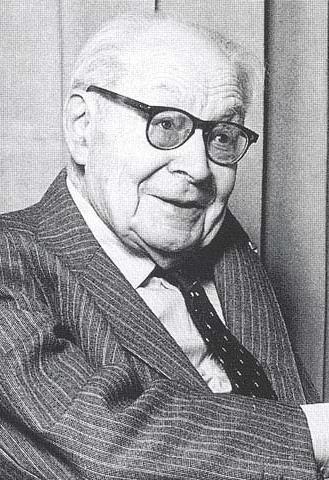
Georges Dumézil (b. 1898 d. 1986)
Venner sees Agamemnon’s punitive expedition against Troy as feudal: “The Greeks who set siege to Troy are not an army in the modern sense, but an assembly of independent bands, each following a renowned captain on a raid of reprisal in hope of booty.”20 Venner sees feudalism (féodalité) as characteristic of spontaneous self-organization among the European peoples, feudalism reflecting the European archetype of trifunctionality, a notion that he borrows from Georges Dumézil. The feudal principal is above all a local principle, under which a people attached to its soil practices arms to defend their land and recognizes the merit of the most skilled at arms. The people are free – and they meet in free assemblies the model of which already appears in the warrior councils of the Iliad and the Odyssey, as well as in the Roman Senate, the Scandinavian Thing, and the Parliaments of medieval French and English traditions. The best-at-arms may enjoy elevation to dukedom or nominal kingship, but the principality remains constitutional even where there is no written document. Venner interprets Bronze-Age archeology in particular, from Scandinavia to the Aegean, as testifying to “a new and audacious culture” that sets the pattern for three millennia of continuous development and that articulates itself verbally in epic and saga. He enumerates the basic elements of that culture as “a new solar religion… tragic heroism in the face of Destiny, suffering and death, individuality and the verticality of the hero as opposed to indistinct horizontality of the multitude”; also “valiance, the essential masculine virtue” along with respect and admiration for femininity.21
With valiance comes chivalry, already present in Odysseus’ behavior toward Nausicaä and Penelope, but coming into flower, of course, in the medieval centuries. Aware, no doubt, of Henri Pirenne’s revised model of Late Romanitas, in which the Roman Empire suffers no dramatic fall and disappearance but rather morphs into its Gothic successor-states, which then base themselves on the Imperium and seek to preserve it, Venner also rejects the notion of a “brutal rupture” at the end of the Fifth century and a subsequent precipitous descent into cultural darkness. “The truth is that the Germans conquered neither the Roman Empire nor Roman Gaul”; quite to the contrary, “the political power gradually exercised in Gaul by [the Goths] issued not in conquest but in their romanization.”22 Even the cultural variety of the Gothic principalities reflects something of the Roman Empire. Venner emphasizes the cultural disinterest of Roman imperial policy: “The Empire largely respected the laws and customs of each people, at least until the adoption of Christianity.”23 Once again, however, Venner regards the Christianity of the Medieval Period as a synthesis, often even a bit more heathen than Christian. He writes, for example, of Clovis that, “as did Constantine in his time, Clovis was baptized, an eminently political act which ensured the support of the episcopate, that is to say, the Gallo-Roman nobility.”24 Venner would make of the Meroving war-leader’s famous victory over the jihad at Tours in 732, which kept Islam out of Western Europe, something like a Late-Roman victory.
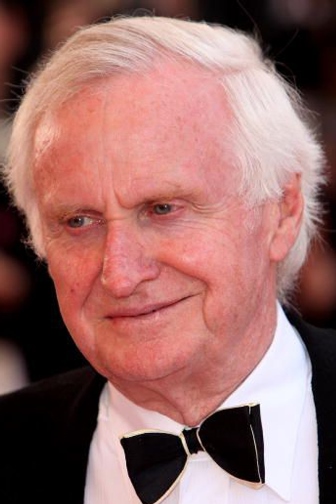
John Boorman (b. 1933)
Venner characterizes the “Golden Age” of Medieval Europe – around the Millennium and after the breakup of Charlemagne’s kingdom – under the formula of “une révolution castrale,” a more or less untranslatable phrase denoting the rise of small principalities based on the chateau or castle-mansion of the local duke or prince or king. The ethos of les châteaux et les châtellenies, in Venner’s view, reflects the variety-in-unity of the Medieval European tradition. “With their Celtic spaciousness, their dungeons of Norman style, their Roman courtines and towers, the chateaux are representative of the diverse historical heritages which produce the medieval [institution of] nobility.”25 Each castle-mansion serves as an administrative center for a vassalage and peonage that the aristocracy can know personally; each is a seat of high justice, and each is a foyer, as Venner puts it, of culture. The chateau constitutes a state, but it is a state “decentralized, personalized, living, and rooted.”26 Venner has something in common with Aristotle, who argued that once the polis exceeded fifty thousand citizens it would become errant and unlivable. Venner likewise has something with E. F. Schumacher, in whose famous phrase, “small is beautiful.”
The révolution castrale, absorbing so much of the pre-Christian spirit, gave Western Europe, among other things, those remarkable narratives, the Arthurian romances and Grail-Quests, which Venner regards as equaling the great epic poems of Classical Antiquity. Venner devotes an entire chapter (VIII) to la matière de Bretagne, which he explicates as codifications of the chivalric code. He accomplishes his explication less by reference to the texts themselves than by their brilliant summation (as he sees it) in John Boorman’s 1981 film, Excalibur. Venner’s gesture is an important one. It reminds his readers that he makes no blanket rejection of contemporary artistic endeavors or of popular genres. He considers Boorman’s film a genuine revival of the Arthurian spirit and an indication therefore that Arthurian spirit has not been extinguished, but smolders yet, ready to be fanned back into life. One recalls Venner’s remark that the tradition consists of what has not died but is perennially present even when unseen. Distilling the literary Grail-Romance to its essence, Excalibur tells the story how chaos becomes order under the typically European forms. Boorman’s decision to use Richard Wagner’s music from The Ring, as Venner remarks, calls attention to the periodic revival of the forgotten lore in Western art, even in the dolorous Endarkenment of late modernity.
Whether it is Achilles or Odysseus, Arthur or Roland, Leif Eriksson or Charlemagne, the Western hero invariably bodies forth the ancestral forms. Those forms, those “lived values” of the European identity, carry within them the power, as Venner writes, to “put one on guard against nihilism.”27 What are the forms specifically? They have a Roman pedigree. They are “the dignitas of nobility, the virtus of the citizen, and the devotio of the leader who gives the gift of his person to his country.”28 Venner finds these valeurs in names to be added to his gallery of admirable men – the Russian Prime Minister Stolypine, the Emperor Franz-Joseph, and the Finnish Field Marshal who fought the Red Army to a standstill, Gustav Mannerheim. The History and Tradition of the European Peoples belongs on the shelf with Evola’s Revolt against the Modern World (1969) and Guénon’s Reign of Quantity and the Signs of the Times (1945).
[Part III (Scheduled for 4 XI 2016)]

Prof. Thomas Bertonneau
– Thomas F. Bertonneau is an American intellectual and professor. He has taught at a variety of institutions, and has been a member of the English Faculty at State University of New York, Oswego, since 2001. His articles and essays have appeared in a diverse array of scholarly journals including William Carlos Williams Review, Wallace Stevens Journal, Studies in American Jewish Literature, North Dakota Quarterly, Michigan Academician, Paroles Gelées: UCLA French Studies, and Profils Americains. He was a major contributor to the English section of The Brussels Journal. More recently, his work has appeared in The University Bookman, the John William Pope Center for Higher Education Policy as well as the websites The People of Shambhala and The Orthosphere. He has also contributed to the Symposia of the Sydney traditionalist Forum.
Endnotes:
- Dominique Venner, Histoire et Tradition des Européens: 30,000 ans d’identité (Monaco: Editions du Rocher, 2011) p. 47. The writer’s translation, as hereafter, with assistance from “Tiberge”.
- Dominique Venner, The Shock of History: Religion, Memory, Identity, Charlie Wilson (trans.) (London: Arktos, 2015) p. 81.
- Ibid. p. 83.
- Ibid.
- Dominique Venner, Histoire et Tradition des Européens: 30,000 ans d’identité, op. cit. p. 48.
- Ibid. p. 17.
- Ibid. p. 19.
- Ibid.
- Ibid. p. 220.
- Ibid.
- Ibid.
- Ibid.
- Ibid. p. 221.
- Ibid.
- Ibid.
- Ibid. p. 51.
- Ibid. p. 52.
- Ibid. p. 87.
- Ibid.
- Ibid. p. 72.
- Ibid. p. 69.
- Ibid. p. 142.
- Ibid. p. 143.
- Ibid.
- Ibid. p. 147.
- Ibid. pp. 147-148.
- Ibid. p. 160.
- Ibid.
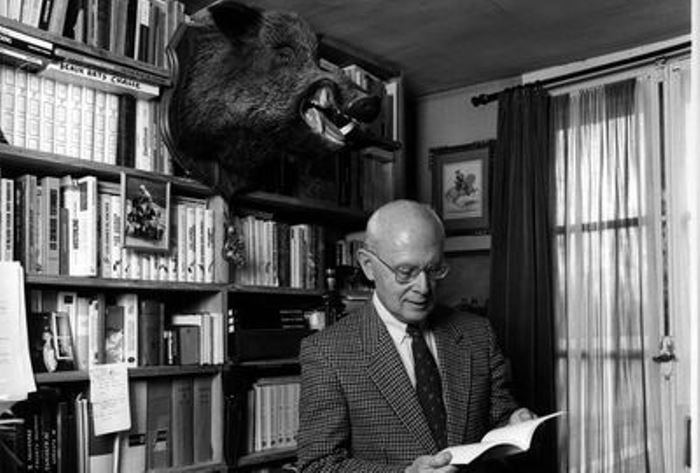
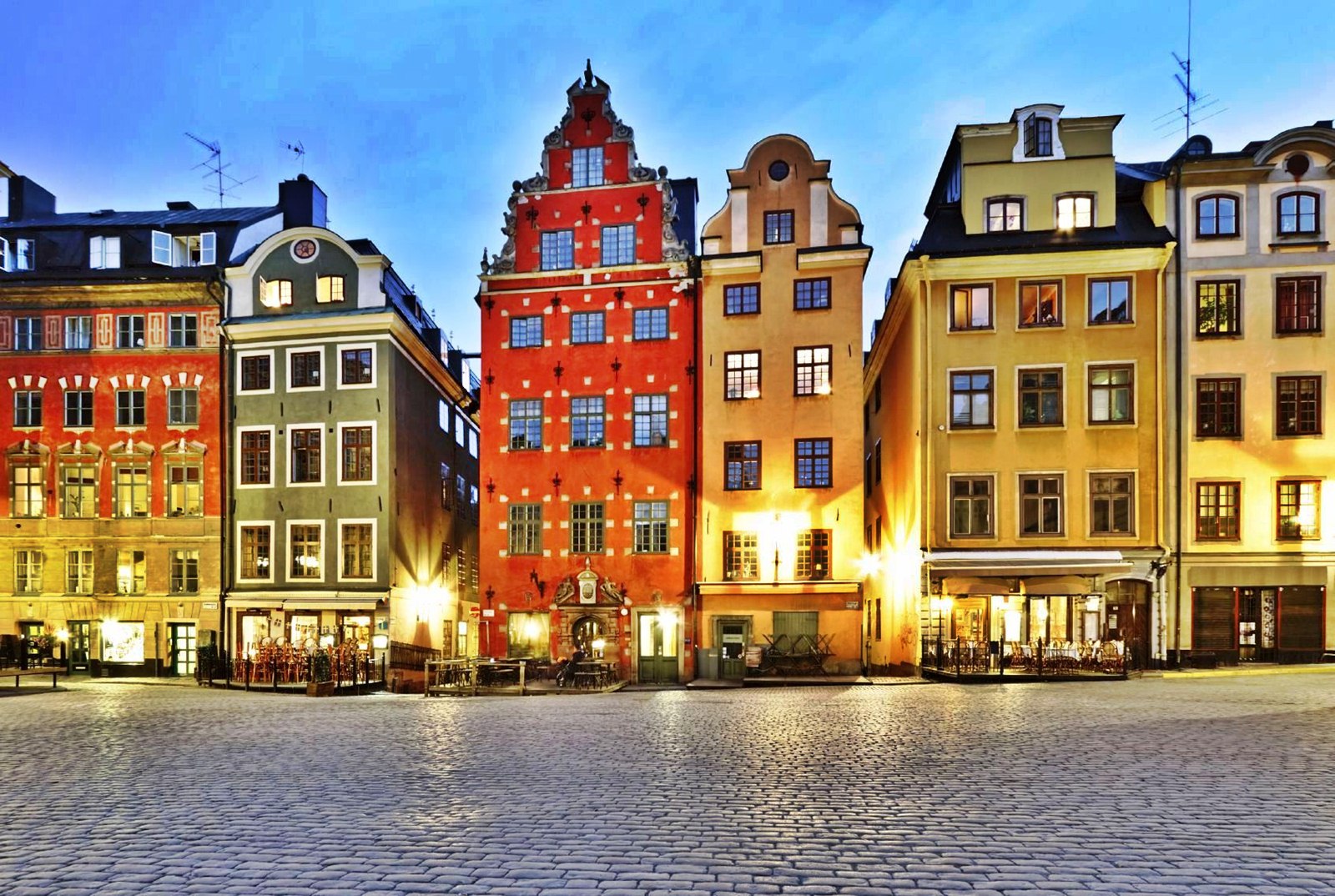
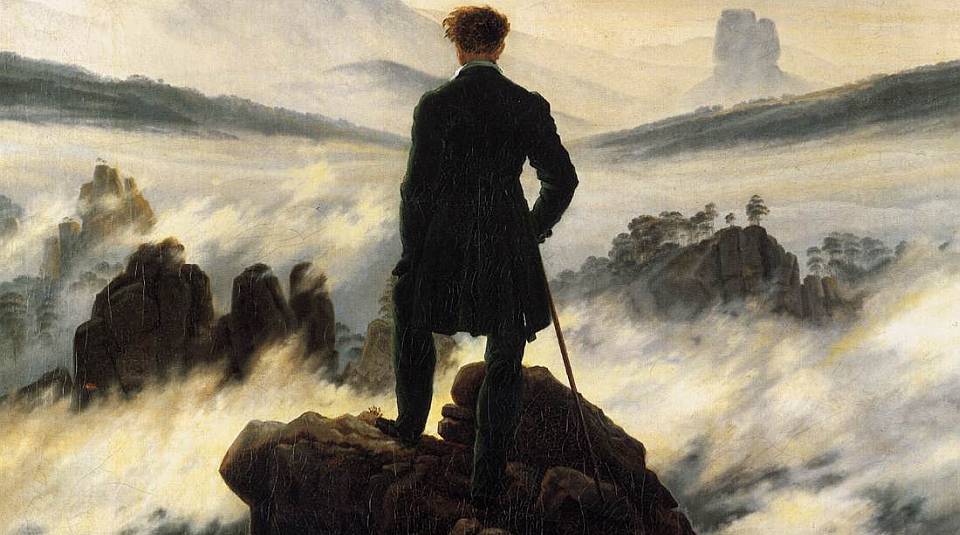
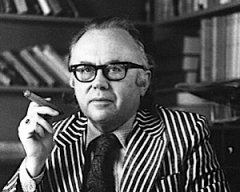

Leave a comment